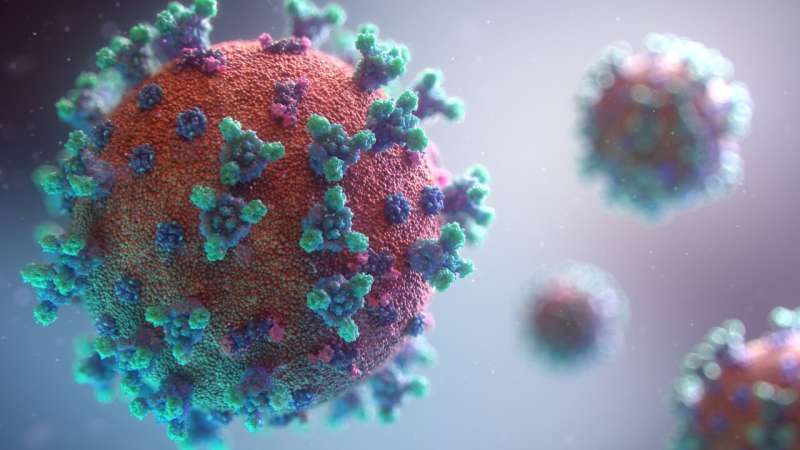Gender Disparities in Heart Valve Treatment: Women Less Likely to Receive Life-Saving Care

Research reveals women, ethnic minorities, and deprived communities face disparities in receiving treatment for aortic stenosis, highlighting urgent need for equitable healthcare access.
Recent research presented at the British Cardiovascular Society conference in Manchester highlights significant disparities in the treatment of aortic stenosis, a common and serious heart valve disease. The study analyzed nearly 155,000 cases from UK general practice records spanning from 2000 to 2022, revealing that women are 11% less likely than men to be referred to specialist care following diagnosis. Furthermore, women are 39% less likely to undergo aortic valve replacement procedures.
Dr. Anvesha Singh from the University of Leicester emphasized that, contrary to previous assumptions, women are not underdiagnosed with aortic stenosis but are nonetheless receiving less aggressive treatment. This suggests potential inequities in healthcare management that need urgent attention.
The risk associated with untreated severe aortic stenosis is high, with about half of symptomatic patients dying within two years if not properly treated. The study also uncovered socioeconomic disparities: individuals living in the most deprived areas are 7% less likely to be referred for specialized care and 4% less likely to receive valve replacement. Additionally, ethnic disparities exist, with South Asian and Black patients less likely to undergo valve replacement compared to white patients, although they are more frequently referred to secondary care, perhaps for other cardiac concerns.
Experts from the British Heart Foundation advocate for more research to understand why these differences occur and to ensure equitable access to life-saving treatments. Addressing these disparities is crucial in improving outcomes for all populations affected by this condition.
Source: Medical Xpress
Stay Updated with Mia's Feed
Get the latest health & wellness insights delivered straight to your inbox.
Related Articles
New Zealand Media's Focus During COVID-19: A Nationalist Perspective
A study by the University of Otago uncovers how New Zealand's COVID-19 news coverage was shaped by nationalism, emphasizing domestic issues and unity while impacting global cooperation efforts.
Stress Reduction in Female Patients Can Lower Post-Surgical Pain by Targeting Prolactin Levels
Targeting prolactin levels influenced by stress may significantly reduce post-surgical pain in women, offering new avenues for pain management and opioid reduction.
Glucose Level Fluctuations as Indicators of Heart Attack Severity
Research shows that fluctuations in blood glucose levels, measured by glycemic delta, can predict the severity of heart attack damage and cardiac function recovery, offering a simple biomarker for risk assessment.
Spike in West Nile Virus Cases Prompt Health Alerts
A significant rise in West Nile virus cases this year has prompted health warnings, highlighting increased mosquito infection rates and the importance of preventive measures to protect public health.



